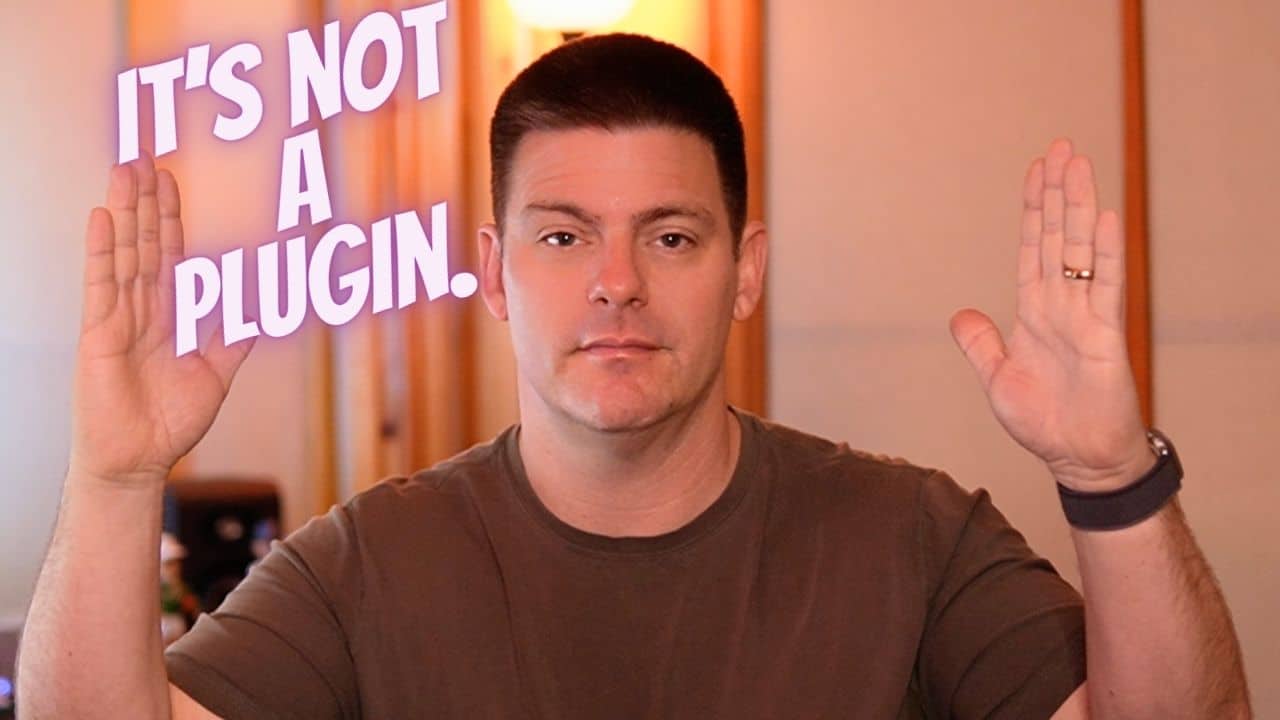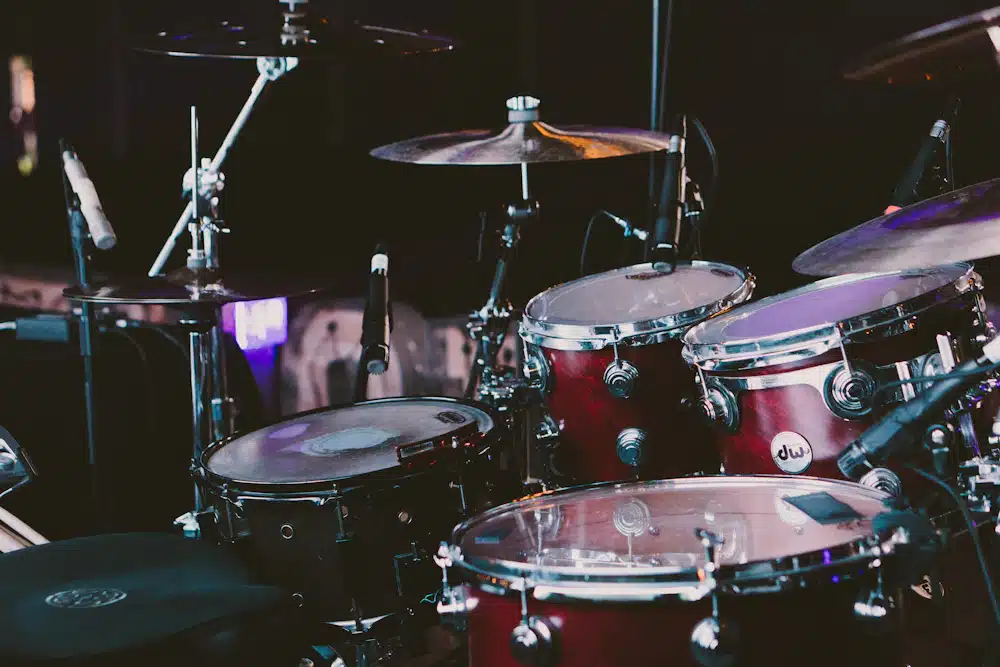Reverb is a fascinating subject. Yet so many of us seem to not understand when and how to use it. For the most part I use 3 different kinds of reverbs. Plate,s Halls,and Rooms. They each have their own purpose and work well for different instruments. So lets go over what each kind of reverb is and how I generally use it. Make sure to watch the video to see and hear examples.
Plates- Plates were one of the first reverbs made. It was done by injecting sound into a large hanging sheet of metal and letting it reverberate. Most of us don’t have plate’s in our studios anymore, but there are plenty of emulations available. I tend to use the universal audio EMT140. I generally use plates on vocals, but sometimes put it on snare drums and guitars.
Rooms- Room reverbs are used to emulate (you guessed it) a room. These are great for adding a bit of body to a instrument without making it sound too washy or muddy. I mostly use room reverb on drums, but it can be used on any instrument that you want to make stand out a bit more.
Halls- This is the most common type of reverb. As the name suggests, hall reverbs are usually designed to simulate the kind of reverberation effect produced by large halls. This can be used on a number of things. I tend to use halls on instruments like synths, bells, and anything else I want to create more size and depth for. It’s also great for ballad vocals, and vocals that have a lot of rooms to move around in the mix.
So that about sums up how I’m using different kinds of reverbs in a mix. Please don’t take any of these suggestions as cold hard facts. The great thing about mixing is there are no hard and fast rules. If you have any questions please feel free to hit me up, and make sure to check out the video for examples of the reverb type’s above.







